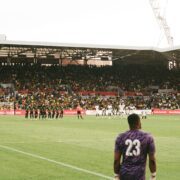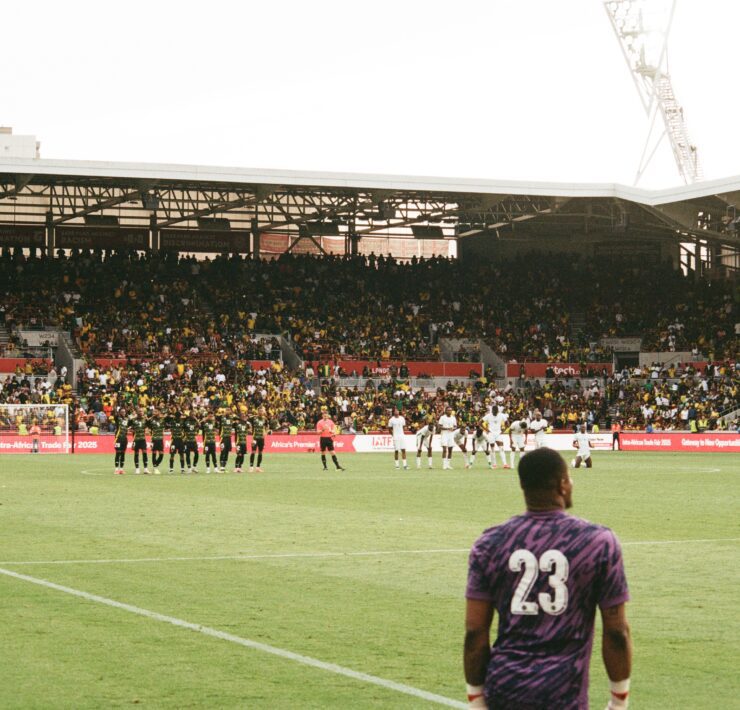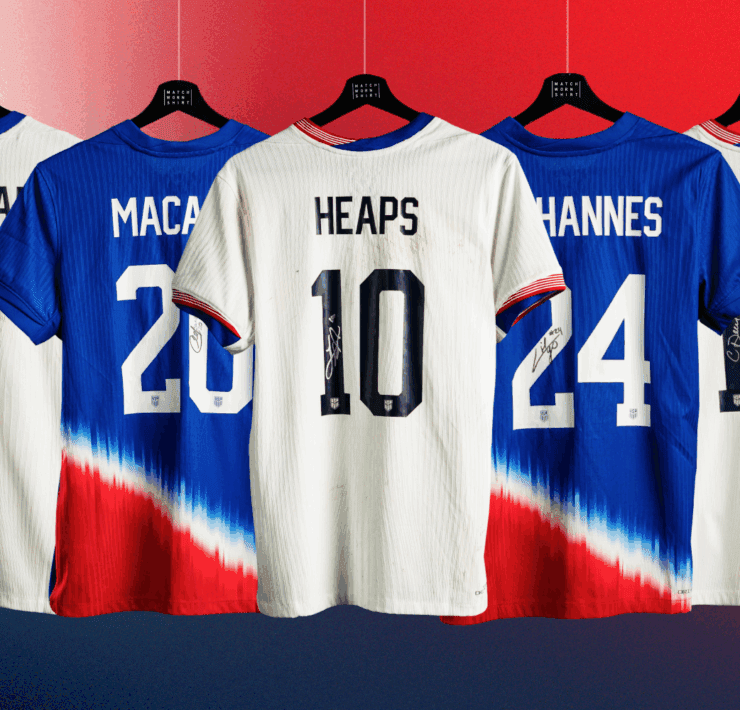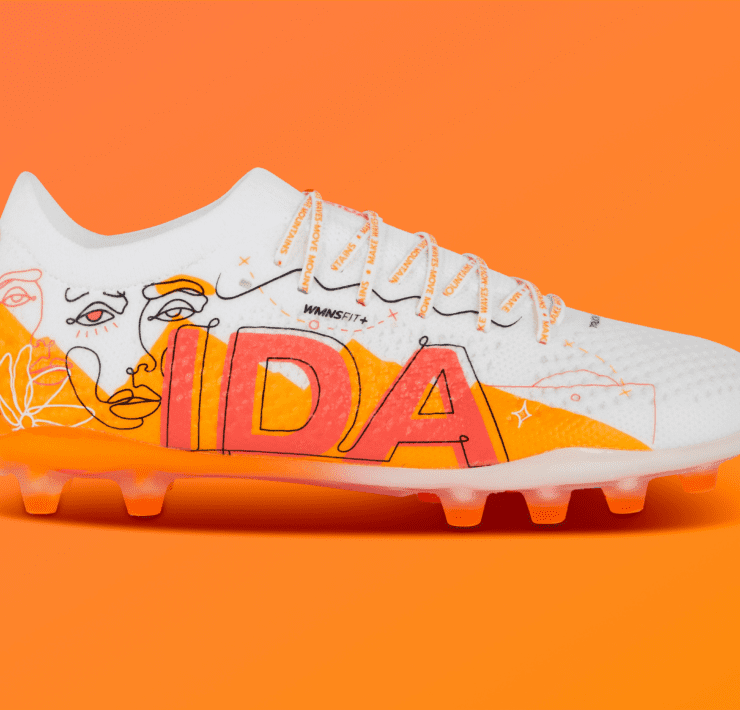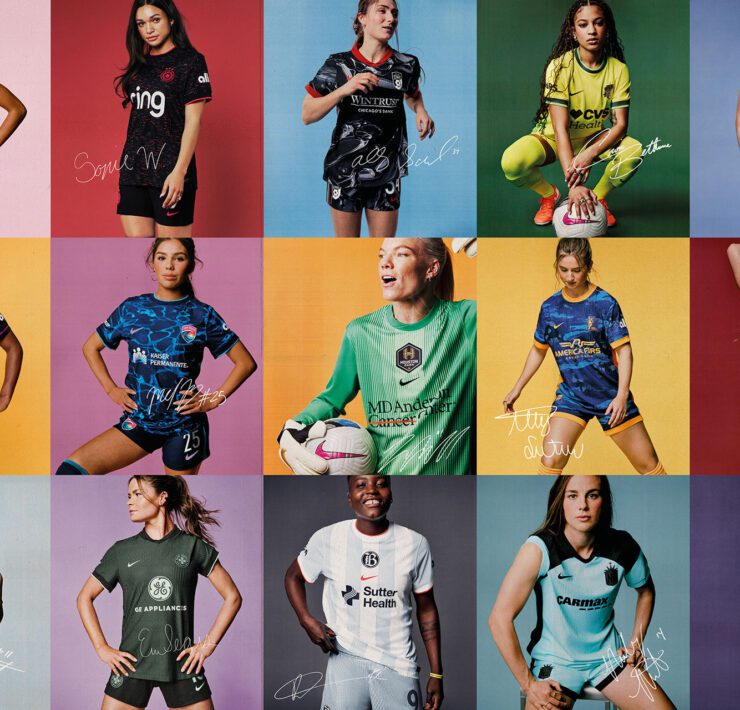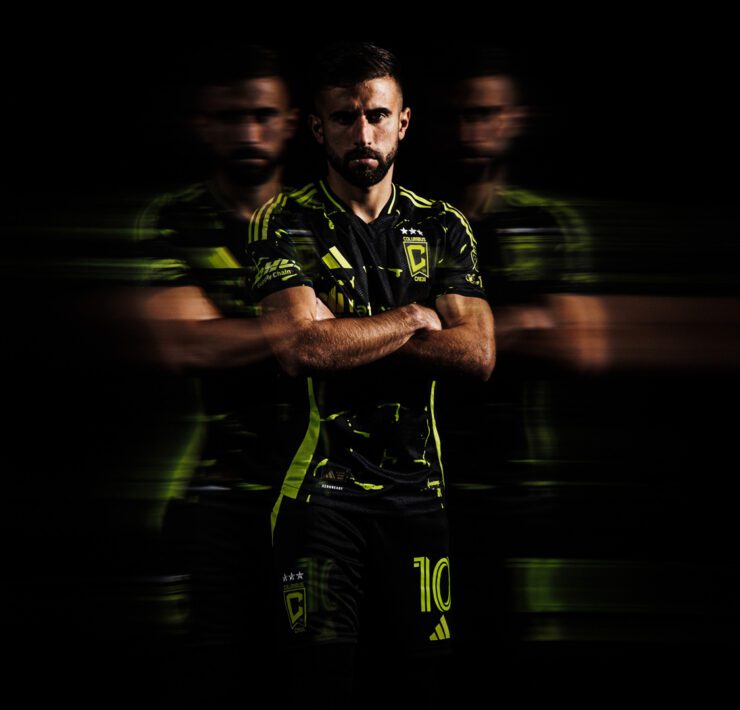Stronger Every Step: Marley Canales on Injury, Growth, and Perseverance
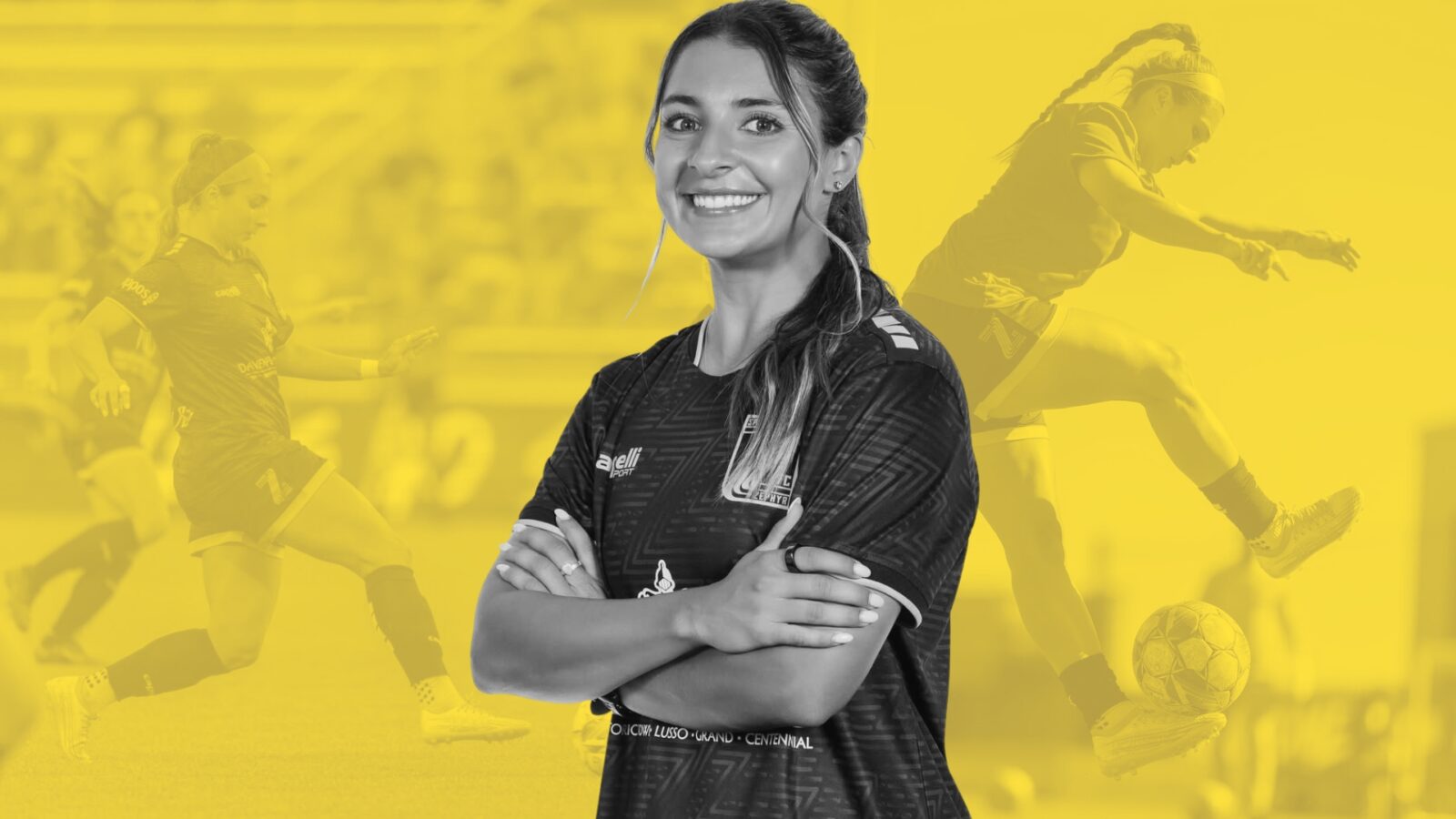
From a young age, Marley Canales knew she wanted to be a professional soccer player. Throughout her soccer career that goal never changed, from her roots in San Diego to playing as a youth international to being a key piece for UCLA’s womens’ soccer team. Even through the challenges of an ACL tear during the pandemic and adjusting to the pro level, Marley’s perseverance shined through.
Now playing for Spokane Zephyr in the USL Super League, Marley looks back on the lessons and figures that helped through her journey, and how it has led her to advocate for female-centered cleats through the brand IDA Sports, the only soccer footwear brand designed specifically for the female foot anatomy.
41: What started your soccer journey for you? Who were some of your influences over time?
MC: My soccer journey started when I was around 3 or 4. It runs in the family. My dad was born in Mexico City, and grew up with the game because my grandfather played. My older sister picked it up too and seeing her play just looked so fun. We would go to her practices and my dad and I would off to the side kicking the ball around. That’s when I really fell in love with it, and I’ve been playing for about 23 years now.
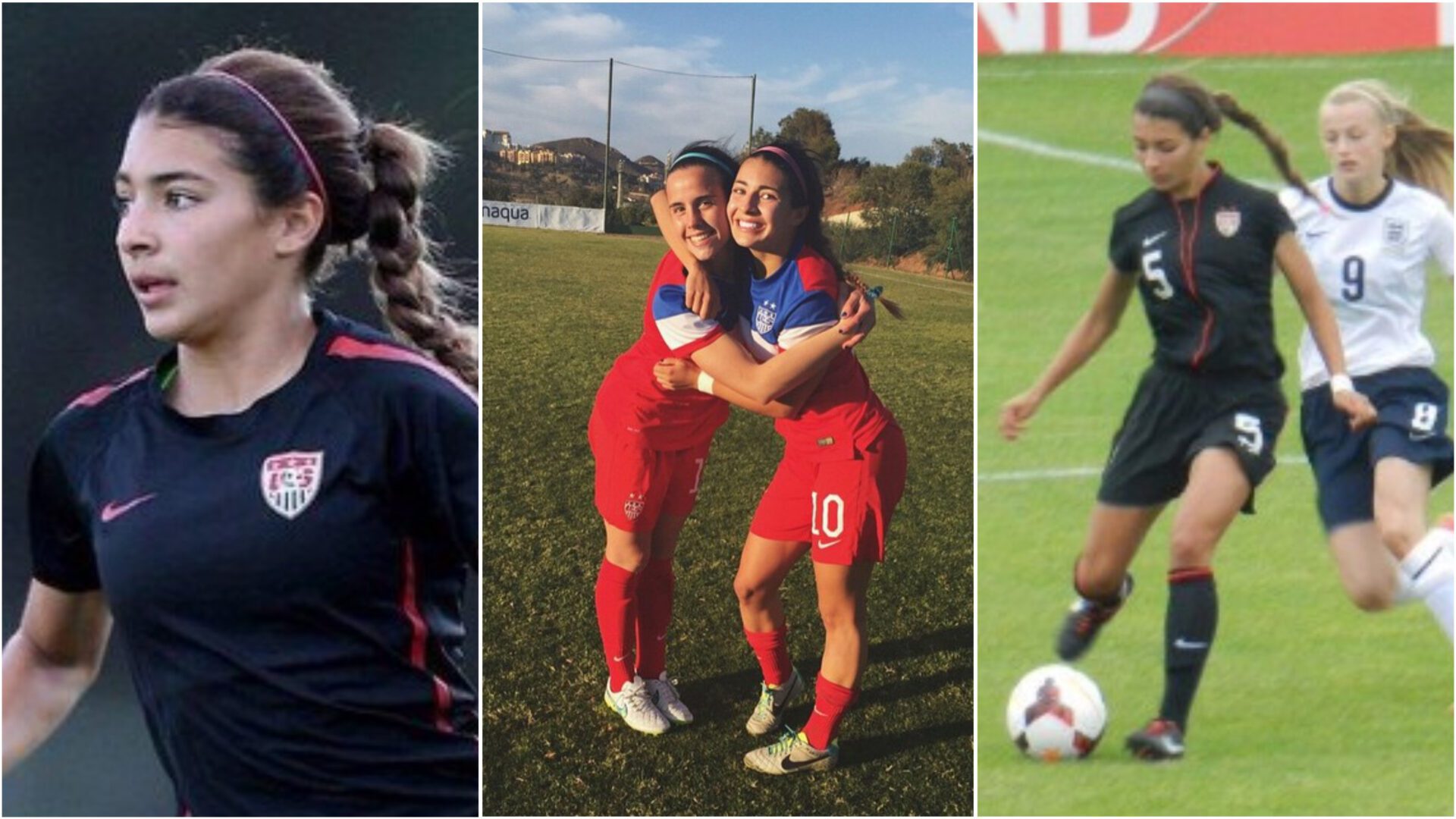
You had a lot of international experience from the U-17 to U-23, how did those experiences aid in your development? Were there any challenges that you faced then that you would keep seeing in your career?
Being exposed to the national setup was such an incredible opportunity. I was around elite coaches and training staff, and other girls that wanted to be professional soccer players just like I did. I was 13 or 14 being exposed to that type of level and it was huge for my development.
You had to be on your own dealing with the mental and physical demands of the sport. You had to learn to be okay with traveling on your own, missing school, having soccer be such a big part of your life at a very young age, and I think most people don’t get that until you get to college. It opened my eyes seeing top talent across the country and in other national teams. Learning different styles of play, different tactical viewpoints – it made me more of a professional.
I didn’t always appreciate those moments back them, but it’s 100% the reason why I was able to make it to this level now.
Let me take you back to 2019. You established yourself at UCLA with some big moments and then your ACL tears during the season. Not only do you have to deal with recovery but you’re also doing it at home during the pandemic. What were some of the support systems you had during that time?
It was a crazy time. I tore my ACL in October, had surgery at the end of the month, and was in a vital stage of my recovery when things started shutting down. At UCLA, you have everything for a student-athlete to have a well-structured rehab: PTs, athletic trainers, good facilities. And when all that shut down, I was still trying to regain knee mobility, build quad strength, get my range of motion back. Any soccer player knows how devastating an injury like that is, and when the world shut down, I remember asking myself where do I go from here?
But my family has always been my number one supporters. They got me any equipment I could use at home, and I was doing rehab with them. And when I got back to UCLA, my athletic trainer Amanda Pruden was incredible. She understood the emotional toll that that injury takes and worked with me to get me back playing on the field, despite all the masking and distancing restrictions.
You started your ACL rehab the day after surgery, which you described as the hardest day of your life. Usually, rehab after surgery is in a few days. What made you decide to start right away?
Yeah, I remember waking up in my college apartment telling my mom I don’t think I can do it. As soon as I tried to stand, it was so painful. And my mom, she wanted to protect me, so we decided to call our trainer. I remember calling her in tears, saying “AP, it hurts. I don’t think I can do it. I just want to stay in bed and rest.”
All she said was “Marley, this is day one. You can’t push day one to another day. Day one is right now and we need to get you moving.” She helped me realize that I didn’t want to make excuses for my recovery, and reminded me that I wasn’t the first person to go through this and I wouldn’t be the last. If my own teammates could push through, then so can I. It was an internal battle, but the little steps I took made all the difference, starting with that first step.
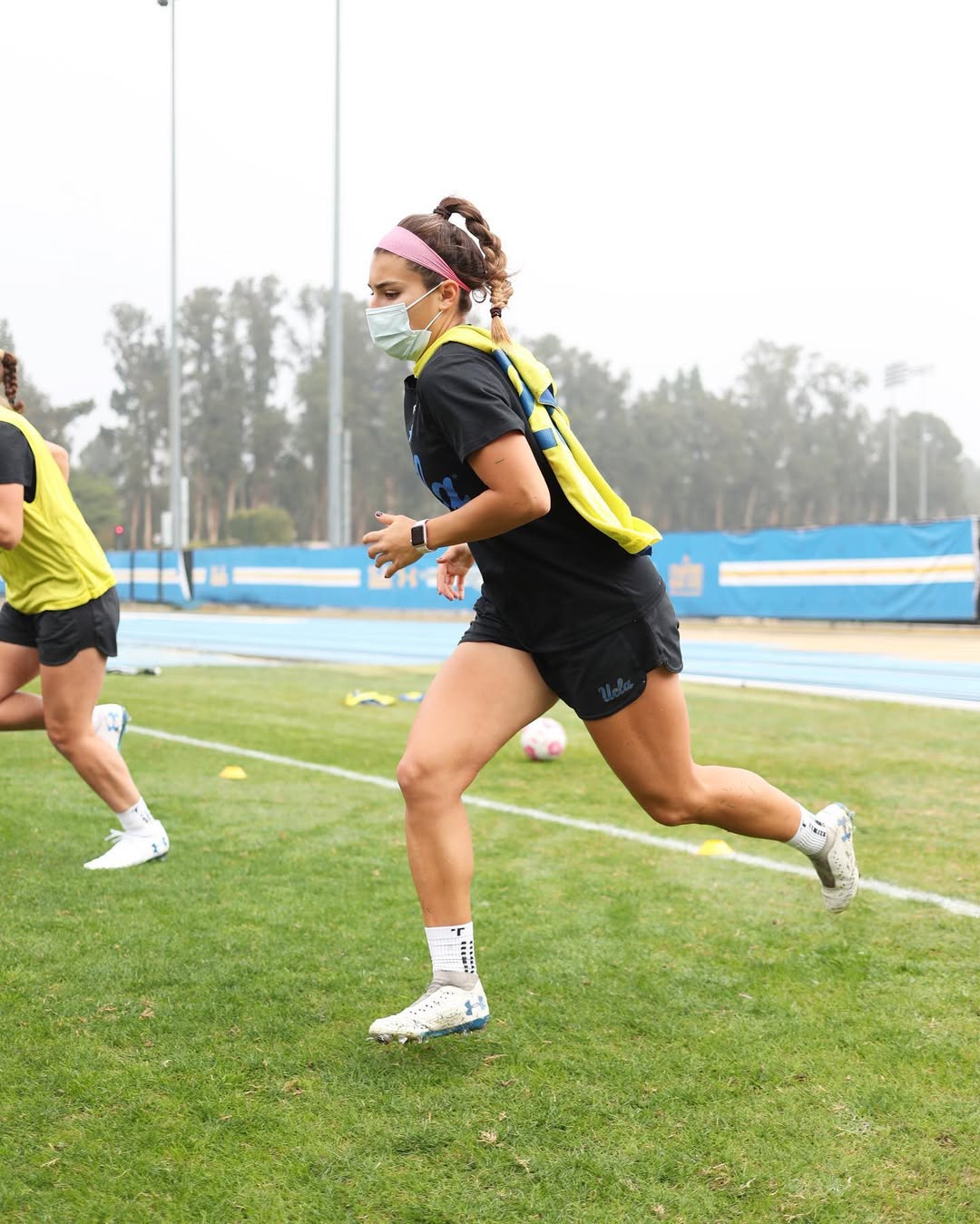
What were some of the little steps that helped you through those 14 months of recovery?
Something that I take with me everyday is a saying from my strength and conditioning coach: “How you do anything is how you do anything.” That mindset stuck with me, it’s honestly what helped me get to the pro level. Out of those 14 months, I was in pain for 10. But I knew I wanted to get back on that field, and I gave 100% of whatever I had every day. Recovering during COVID made the process longer, but I want to do it the right way. I didn’t want to just get back on the field, I wanted to be at my best and be fully confident in that.
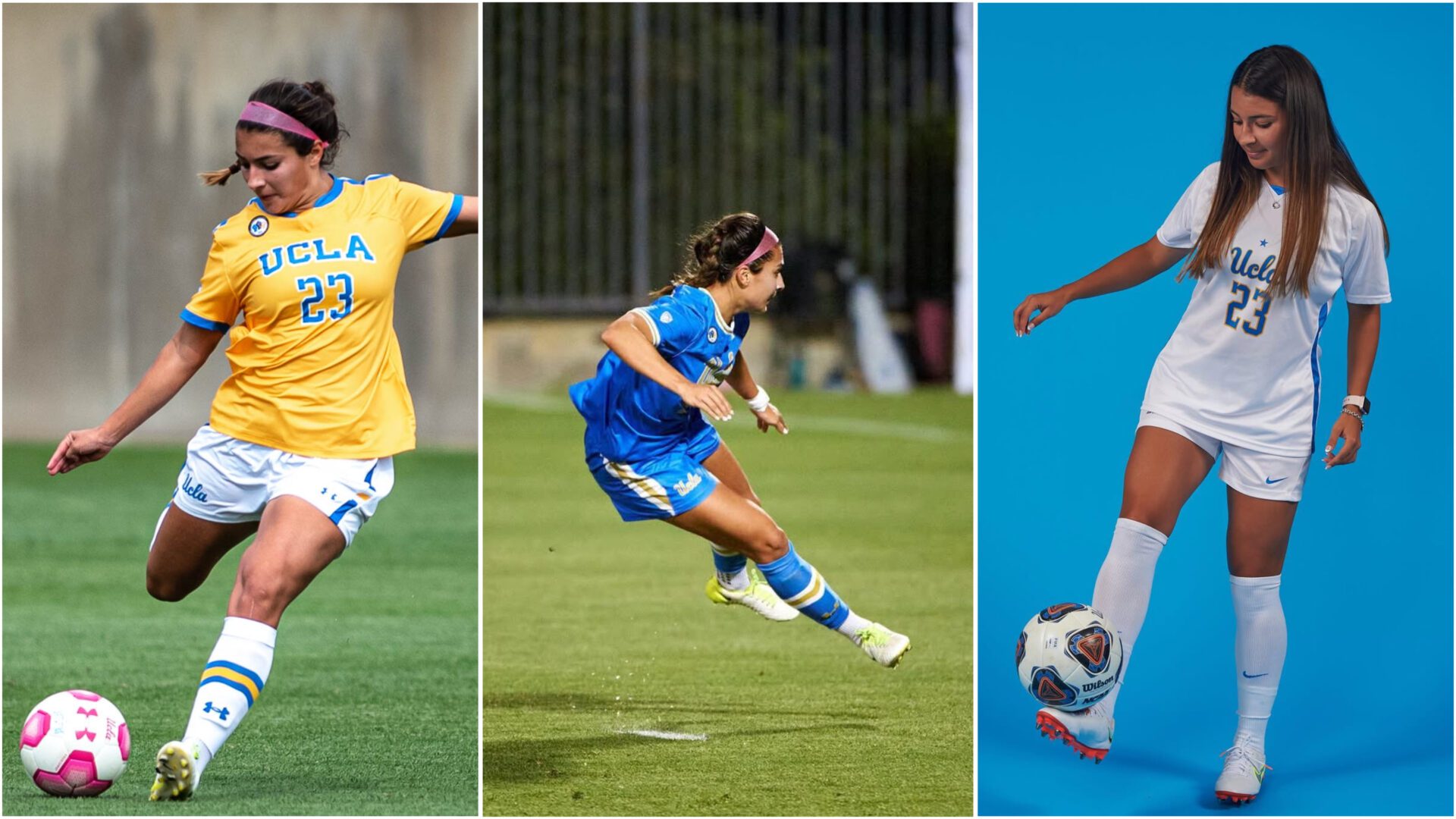
You were cleared to play in 2021 and became a captain that same year. Can you describe what that role meant to you those last two seasons, especially as you finished your recovery?
I loved my time at UCLA, I still have so much pride being there. But to answer that, I have to start with the fact that I came in as a top recruit my freshman year and did not play at all. I have to start there so I can talk about the rest of my journey: to having a good sophomore year to getting injured my junior year, and taking on different roles through all the ups and downs.
So being able to lead an UCLA team and be part of that captain group was an amazing honor. It made me appreciate my own journey, now because I can relate to my teammates. I wore so many different hats during my time there that I was able to lead with compassion and help my teammates navigate their own journeys.
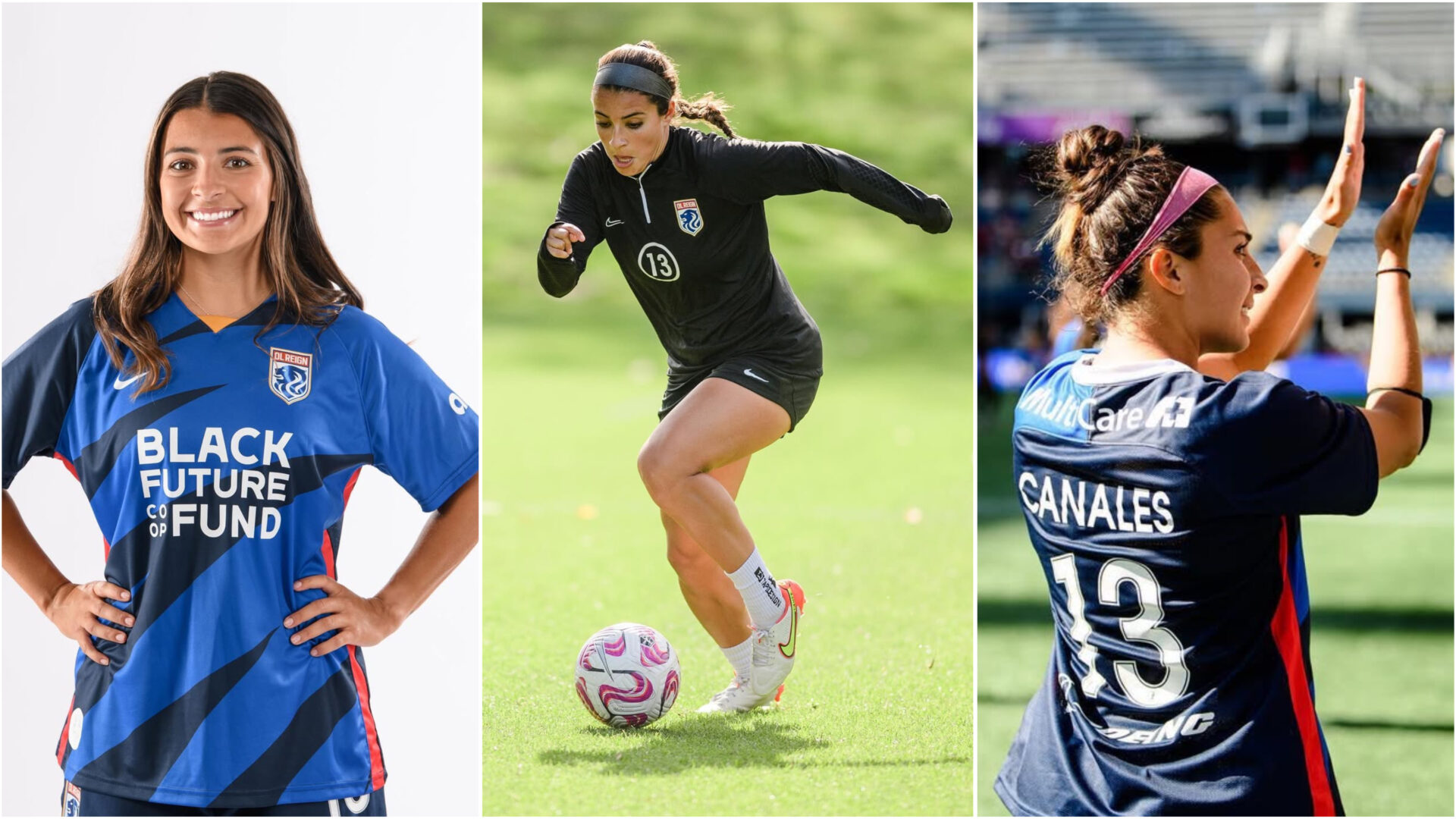
After UCLA, you spent two seasons with the Reign. What were some of the lessons that you took from your time there?
Yeah that was a crazy two years, my time in Seattle was amazing. I was around some of the best players and coaches in the world starting out as a pro athlete. And I know I didn’t get the minutes I wanted, but being in that environment showed what it takes to compete at the pro level. It was a hard situation, being out of state for the first time, but I’ve dealt with tough situations before. I don’t think there could’ve been a better situation for me to start at, truly.
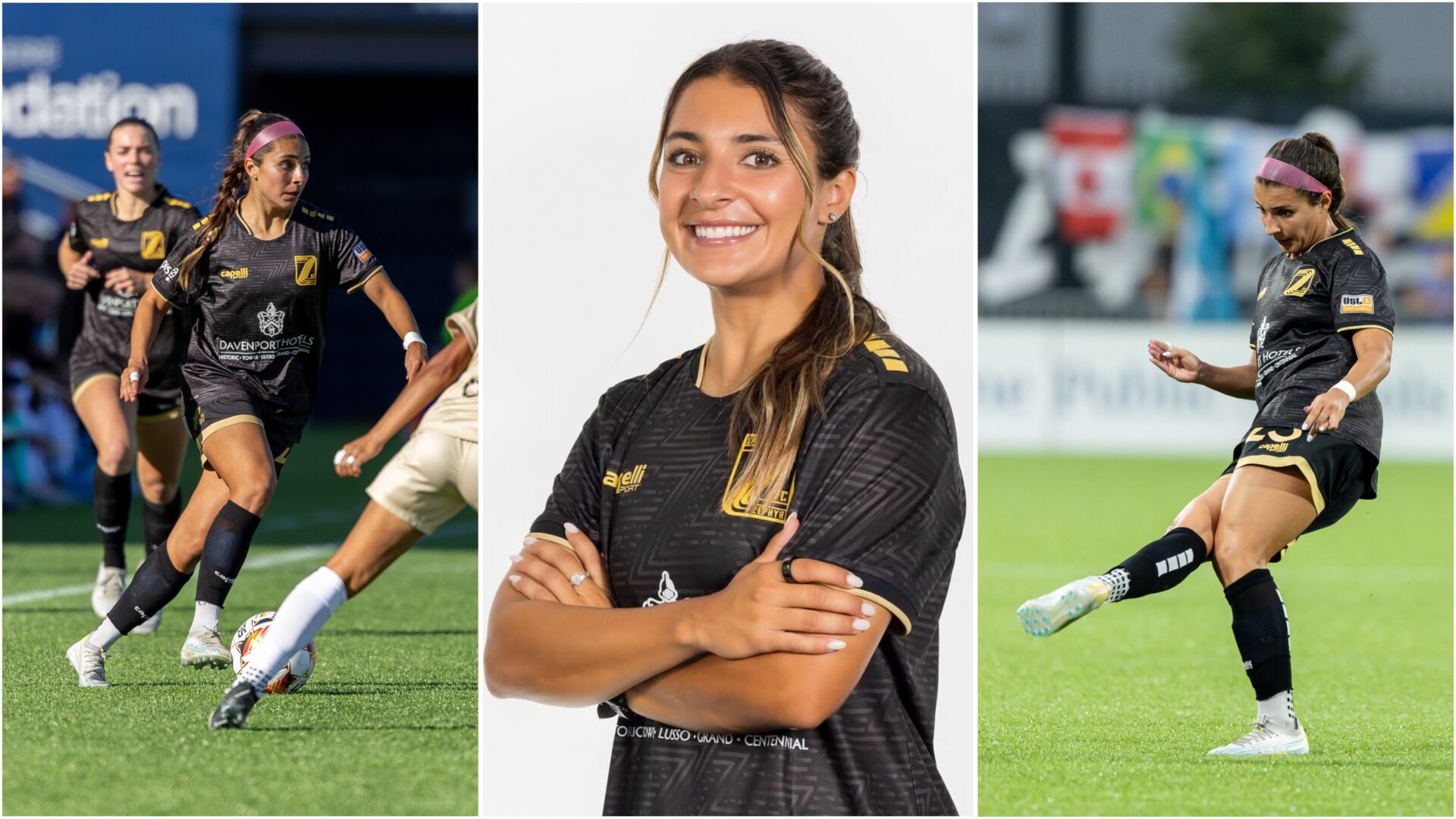
And now you’re with the Spokane Zephyr, what are you looking forward to for the rest of the season?
Yeah it’s a brand-new team in the USL Super League. Women’s soccer is huge in this country with such a deep talent pool, and the demand for another league was answered. Our season structure differs from the NSWL, the first half of our first season runs through the fall, now we’re in the middle of our second half.
It’s been very different from Seattle, where there was an established club. It’s been so amazing being in Spokane with an entirely new team, navigating new challenges on and off the field. I didn’t know what to expect but I’m very happy with my decision & where the team and the league is going.

You’ve partnered with IDA Sports, their shoes created to support women’s biomechanical needs on and off the field in order to reduce the risk of discomfort and injury among female players. What drew you to IDA and when did you decide to join the team there?
Being in this sport for a long time, I only saw kids’ and adults’ cleats. I never really thought much of it until I tore my ACL. That’s when I started thinking if women were more susceptible to ACLs, what were we doing about that?
It was around this time last year is the first time I tried IDA. IDA is where I was first exposed to the concept of a female-centered cleat. They did their research and invested in the science to keep women safe in the sport. So when I heard about it, I was very excited to see money, time, and studies were being put into women specific sporting gear. I was all in.
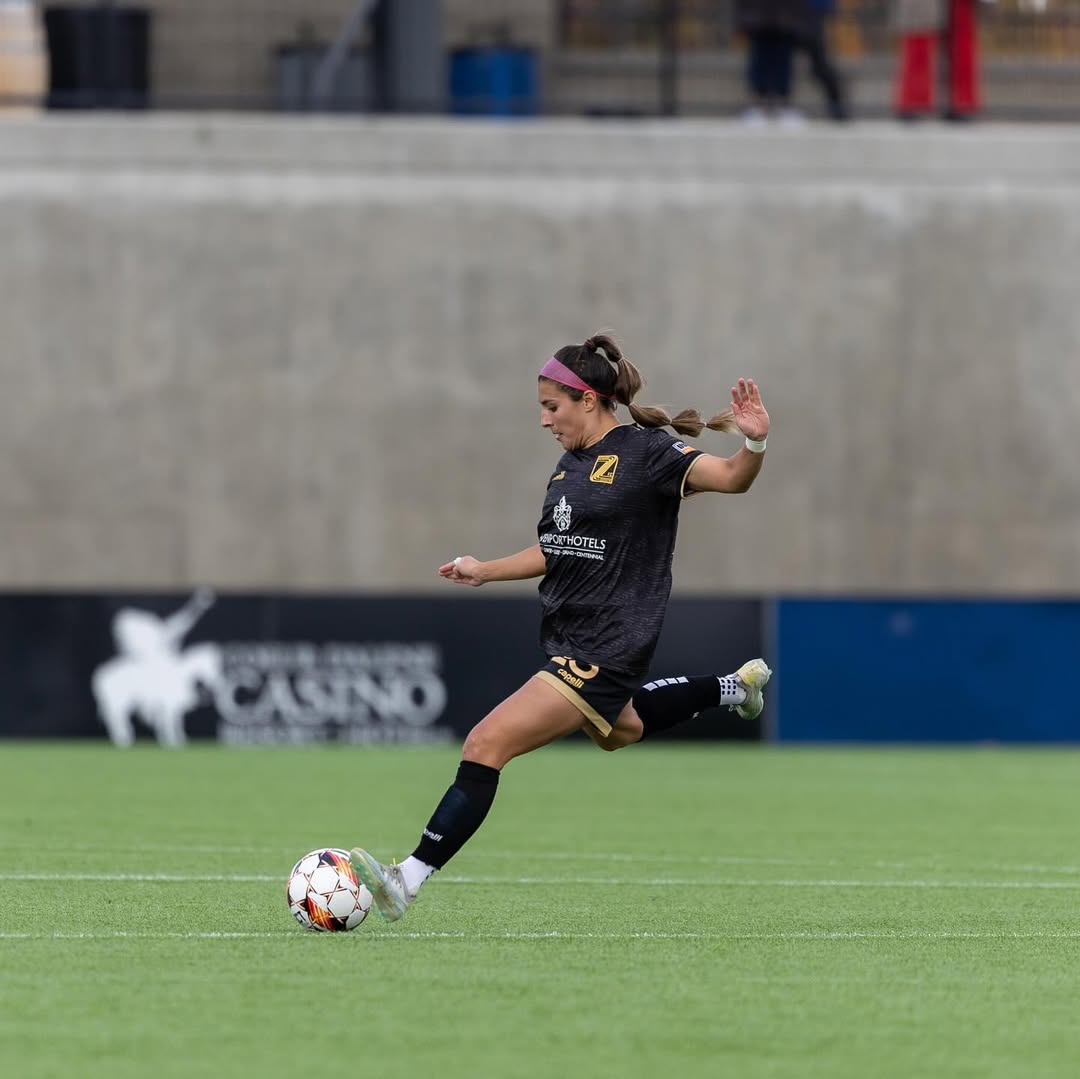
The goal of an athlete, especially one with a major injury, is to not repeat it. What has been your favorite IDA boots and what makes them stand out from the rest?
The style I’ve been using is the IDA Rise. I like how easily they break in, with past cleats they were so stiff I had to take them off because they hurt so bad. With the IDA Rise I can put them on first day and use them through all of training. The first time I wore them in a game, it was such a rush.
They also draw a lot of people’s attention. Many of my teammates ask about my cleats and it gives me the opportunity to share IDA’s story and growth. They’re very light, very durable, very visually pleasing with a lot of different colors. It’s different than any cleat I’ve ever worn, and they’ve done a great job.
How has IDA been an area of support for you and how do you see that relationship evolve over time?
I hope to wear IDA for as long as I play professionally! They’ve been a great brand to work with and I have really enjoyed wearing their cleats. Seeing their growth and the work they’re doing to impact the women’s game has been really cool to see. I know they will continue to grow and I hope to be keep being involved in that process.
Is there anything that you would change about your soccer journey?
Honestly, no. I feel like every athlete would love an easy, perfect road but there’s no such thing as one. Injuries happen. You get playing time, then you’re out of the squad. You’re feeling on top of the world, then you’re down in the dumps. It’s just a part of it. Everything I’ve done has just made me stronger as an individual, helped me be as stable as I am, and prepared me for my next adventure. And now I can relate to all my different teammates, because I’ve been there. So that’s definitely my favorite part of the journey.

